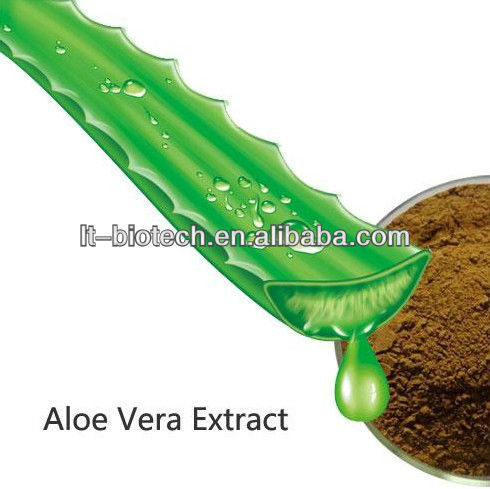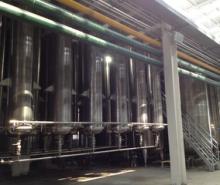
|

1.Aloe Vera Extract Polysaccharide
2.Latin Name: Aloe barbadensis Miller
3.Specifications content: 100:1
Aloe Vera Extract Polysaccharide
Specification:
Name: Aloe-emodin
CAS No.: 481-72-1
Molecular formula: C15H10O5
Molecular weight: 270.24
Specification: 99%
Origin:China
Appearance:Orange Powder
odour :characteristic
Particle size: 100% pass 80 mesh
Shelf Life: Two years
| Description |
Clear to off-white powder with a characteristic odour and a sour taste |
Qualified |
| Aloverose or Acemannan |
≥4000 |
6317.22 |
| Aloin(ppm) |
≤8.00 |
Negative |
| Absorbance (0.5%, 400nm) |
≤0.20 |
0.021 |
| Moisture(%) |
≤8.00 |
4.82 |
| PH (0.5%) |
3.5 to 4.7 |
4.31 |
| Total Heavy Metals (ppm) |
≤10 |
passed |
| Total Bacterial Count (cfu/g) |
≤100 |
Passed |
| Coliform (MPN/100g) |
≤3 |
Passed |
| Mildew&Microzyme (cfu/g) |
≤10 |
Passed |
| Pathogenic Bacterium |
Negative |
Negative |
Function and Usage:
Aloe-emodin (AE), a hydroxyanthraquinone present in Aloe vera leaves, has a specific in vitro and in vivo antineuroectodermal tumor activity.
The growth of human neuroectodermal tumors is inhibited in mice with severe combined immunodeficiency without any appreciable toxic effects on the animals.
The compound does not inhibit the proliferation of normal fibroblasts nor that of hemopoietic progenitor cells. The cytotoxicity mechanism consists of the induction of apoptosis, whereas the selectivity against neuroectodermal tumor cells is founded on a specific energy-dependent pathway of drug incorporation.
Taking into account its unique cytotoxicity profile and mode of action, AE might represent a conceptually new lead antitumor drug.
| Type: |
Herbal Extract
|
Variety: |
Aloe Emodin
|
Form: |
Powder
|
| Part: |
Leaf
|
Extraction Type: |
Solvent Extraction
|
Packaging: |
Drum
|
| Place of Origin: |
China (Mainland)
|
Brand Name: |
longteng
|
Product Name: |
Aloe Vera Extract Polysaccharide
|
| Specification: |
40% 98%
|
Appearance: |
Off-white to white fine powder
|
Detection methods: |
HPLC
|
| CAS NO: |
1415-73-2
|
